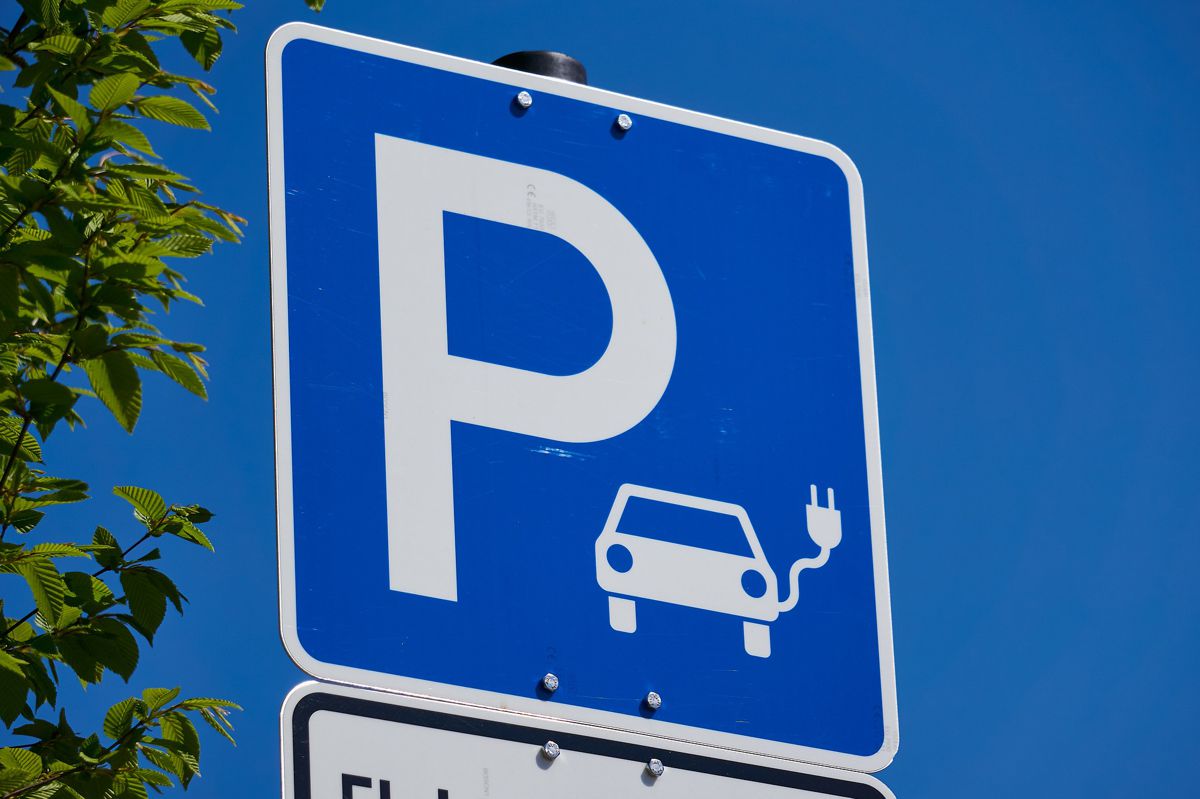Revolutionary battery invention destroys range limitations of Electric Vehicles
After five years of quiet invention, innovation and testing, Hughes Tool Company today unveiled a revolutionary solution that eliminates the major challenges associated with battery limitations and battery chemistry for electric vehicles (EV).
The company has created a patent protected solution that supplements existing battery fields, ultimately enabling an increase in range by 400 to 1000 percent (+).
Hughes Tool Company’s disruptive approach addresses the well-known obstacles and concerns hindering the widespread EV adoption due to battery limitations including:
Lithium Ion limitations
Auto manufacturers rely almost exclusively on lithium-ion (Li-Ion) battery technology. Utilizing lithium-ion batteries comes with a litany of major challenges including cost, safety/explosions due to overcharging or fluctuating battery charging requiring a protection circuit to maintain safe operation, shelf life/aging and huge range limitations.
Metals for lithium-ion batteries must be mined, resulting in strip-mining which is detrimental to the environment. Lithium-ion batteries contain other metals such as cobalt, nickel and manganese which also contribute to even more pollution.
Further, when aged, the batteries are deposited in landfills creating toxicity and negative human health effects. This is due to the carcinogens or chemicals and toxic metals in batteries resulting in cancer or other serious health issues. There is currently not an effective or efficient recycling program for the safe disposal of EV batteries.
Battery Charging stress
Additionally, the act of charging the EV battery stresses the existing aging power grid, causing even more issues associated with the exhaustive use of coal and other fossil fuels.
And as EV adoption grows, utilities and other power generators are grappling with the issue of determining the power load needed to charge those vehicles, and how to forecast when—and where—that electricity will be needed. Currently, there is not a clear national plan for EV deployment and its effects on supply and demand of the existing power infrastructure grid.
Consumer concerns
Consumer anxiety is certainly a factor when considering widespread EV adoption. They include affordability, dealership issues, range anxiety, the fear of not finding a charging station, proximity to a charging station, time to charge, electricity costs, and a realistic understanding of just how long a charge will last if simultaneously using other vehicle amenities requiring power such as air conditioning, GPS, entertainment features, etc.
Coming soon…
Stay tuned for more to come on this revolutionary shift in EV energy and power.




















